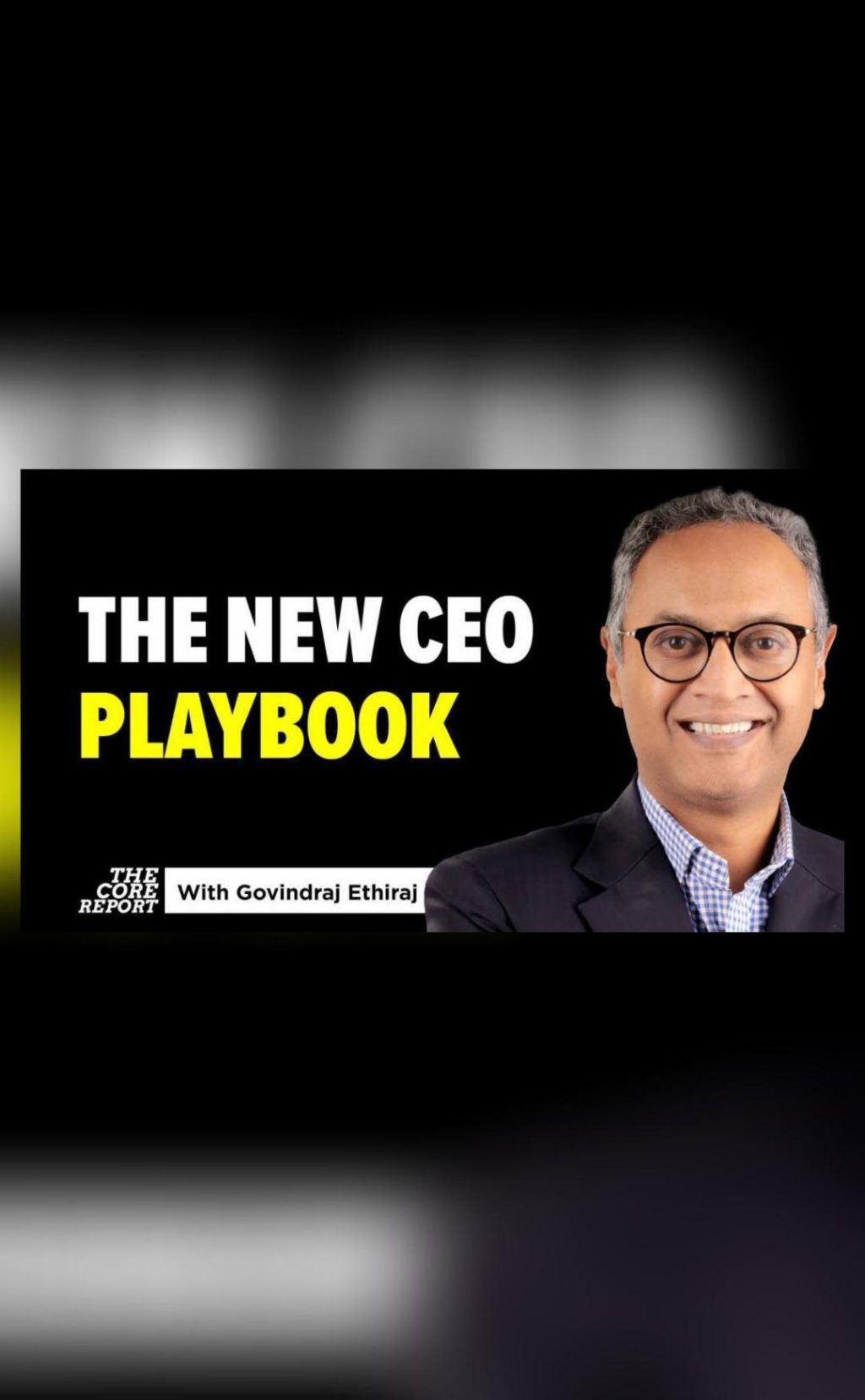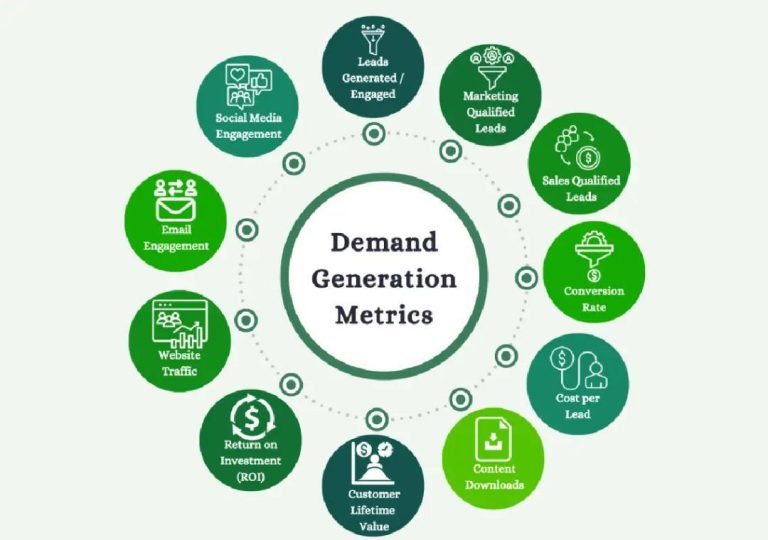
The New CEO Playbook: AI Pressures & Global Tariff Shocks
As the world continues to grapple with the rapid pace of technological advancements and shifting global trade policies, CEOs are facing unprecedented challenges. The old playbook is no longer sufficient to navigate the complexities of an increasingly uncertain business landscape. In this blog post, we’ll explore the pressures CEOs are facing and the strategies they’re adopting to stay ahead of the curve.
AI Pressures
Artificial intelligence (AI) is revolutionizing industries, from healthcare to finance, and transforming the way businesses operate. However, this transformation comes with significant pressures on CEOs to adapt and innovate. According to a recent survey by Deloitte, 83% of CEOs believe that AI will significantly change their industry within the next two years. This means that companies must invest in AI infrastructure, upskill their workforce, and develop new business models to remain competitive.
One of the primary pressures CEOs are facing is the need to automate processes and free up human resources for more strategic and creative work. According to a report by Gartner, by 2025, 40% of companies will have implemented AI-powered automation, leading to significant productivity gains. However, this also means that companies must be prepared to handle the potential job losses and retrain their workforce to take on new roles.
Another pressure CEOs are facing is the need to innovate and develop new products and services that leverage AI capabilities. A recent survey by McKinsey found that 70% of executives believe that AI will lead to the development of new business models and revenue streams. However, this also means that companies must be prepared to invest in research and development, take calculated risks, and adapt quickly to changing market conditions.
Global Tariff Shocks
In addition to the pressures from AI, CEOs are also facing significant challenges from global tariff shocks. The ongoing trade tensions between the US, China, and other major economies have created uncertainty and volatility in global trade. According to a report by the World Trade Organization, global trade growth slowed to 2.1% in 2019, the lowest level since 2009.
The impact of tariff shocks on businesses is significant. Tariffs can increase production costs, reduce profit margins, and disrupt supply chains. According to a report by the National Association of Manufacturers, tariffs have already cost the US economy over $60 billion in 2019 alone.
To mitigate the impact of tariff shocks, CEOs are adopting several strategies. One approach is to localize their supply chains and reduce dependence on a single region or country. According to a report by Accenture, 70% of companies are already implementing localization strategies to reduce their exposure to tariff risks.
Another approach is to diversify their product portfolios and reduce dependence on a single market or industry. According to a report by Bain & Company, companies that are diversified across multiple industries and markets are better equipped to weather trade shocks.
Rethinking Strategy and Operations
In the face of these unprecedented challenges, CEOs must rethink their strategy and operations to stay ahead of the curve. Here are a few key takeaways:
- Invest in AI infrastructure: Companies must invest in AI infrastructure to remain competitive and drive innovation.
- Upskill the workforce: Companies must upskill their workforce to take on new roles and adapt to changing market conditions.
- Diversify supply chains: Companies must diversify their supply chains to reduce dependence on a single region or country.
- Localise operations: Companies must localize their operations to reduce exposure to tariff risks and improve customer service.
- Rethink long-held business models: Companies must rethink their long-held business models to stay relevant in a rapidly changing market.
Conclusion
The new CEO playbook is not about playing it safe or sticking to the status quo. It’s about adopting a mindset of innovation, agility, and resilience in the face of unprecedented challenges. By investing in AI infrastructure, upskilling the workforce, diversifying supply chains, localizing operations, and rethinking long-held business models, CEOs can stay ahead of the curve and drive growth in the face of AI pressures and global tariff shocks.
Watch the video for more insights:






